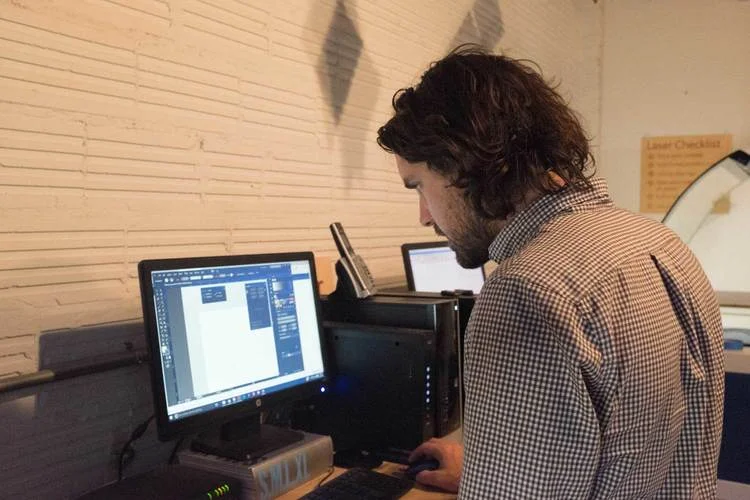Design, Manufacturing, and the Art of the RFQ
Brian Barr
As engineers and designers, we spend a lot of time thinking about the prototyping process. Researching a topic, coming up with criteria for evaluation, brainstorming ideas, and the rinse and repeat motion of prototyping are great for generating solutions, but for many designers the process ends before we actually have the opportunity to manufacture anything. Through Data Design Co_, we've learned a lot about going from a design to a manufactured product, so we thought we would share what we've learned with you all today.
Getting Started
The first step in going from a design to a product is to understand what manufacturing techniques will be used to realize your design. This is something that most likely should have been taken into account when designing the parts in the first place, but if not, your design engineer will definitely let you know what needs to change. If possible, you should have produced a model or mid-fidelity prototype using rapid prototyping techniques such as 3D printing or laser cutting to check the fit and design of your parts prior to spending much more money on a manufacturing run that may have errors.
Checking a file at our favorite laser cutting studio, PostStudio, prior to the manufacturing process.
Sourcing a Manufacturer
With a manufacturing technique in mind, it's time to actually source a manufacturer. There are several considerations to make here, but the first is probably deciding between domestic suppliers or international options. For domestic manufacturers, ThomasNet and Maker's Row are good sites for finding a factory with the correct capabilities. For international manufacturers, a site such as Alibaba might be a better option.
There are definitely advantages and disadvantages to both domestic and international, but here at Data Design Co_ we source our manufacturing as locally as possible in order to eliminate language barriers and shipping times. We are also a fan of helping the local economy when possible because a stronger economy could translate to more business for us in the long run.
The RFQ
Once you've selected a few factories with the capabilities you are looking for, it's time for everyone's favorite step: the RFQ or request for quote. To request a quote, check the manufacturer's website and look for their preferred method of contact. This will most likely look like a web form or email address. You will need to provide them with the part files, information about materials, and the number of units for which you would like to receive a quote.
Receiving a quote usually takes approximately four days. The first day you submit the RFQ and begin waiting. The second day you email or call to follow up if you haven't received a response. The third day you call again to see why you haven't gotten a quote yet and find out it's been assigned to somebody on vacation. Finally, the quotes should roll in on the fourth day.
Order a sample!
If you are satisfied with the numbers, order a sample. A rough rule of thumb is that for every $1 of unit cost at scale, the sample will cost $15-20. Once you receive the sample, go ahead and make any changes to the design and haggle a little bit on the price of the full run if you aren't satisfied with the cost.
The final step is to pay the invoice and wait for your run of manufactured products to be produced. This step usually takes 2-3 weeks depending on the size of the order, and will usually be paid up front for small orders or for new business accounts, while large orders may pay a certain percentage up front and the rest upon receipt of the goods.
The entire process will take a month if you are lucky, so be sure to plan ahead and start earlier than you think! We first requested a quote on the Trench Mail Sorter at the end of May and two samples later we are finally ready to pull the trigger on the full run.
